First impressions are important, though often misleading. But in the case of the new Sigma 20-200mm f/3.5-6.3 | Contemporary lens for L-Mount, the initial take is extremely positive. It is so light, narrow, and compact that it immediately ticks the carry-all-day box. The construction material is of excellent quality and the lens has a premium feel about it. As a 28-200mm, or, even, a 24-200, its profile would be impressive. However, squeezing a x10 zoom staring at only 20mm into this svelte body is a major achievement.
Design and features
The Sigma 20-200mm f/3.5-6.3 | Contemporary super zoom has very clean lines, with a uniform diameter of only 70mm, a substantial rubberised 45mm-deep zoom ring, an AF/MF switch and zoom lock. At 20mm, the lens is only 11.5cm long, extending to a manageable 19cm at 200mm. It is small, even by medium-range zoom standards. But it is almost impossibly small for such a massive zoom range, weighing just 550g in L-Mount configuration (the Sony E-Mount version is 10g lighter).
Construction
The lens is constructed with 18 elements in 14 groups, including one FLD (Fluoride Low-Dispersion), three SLD (Special Low Dispersion) and four aspherical elements to correct aberrations and maintain image clarity through the zoom range.
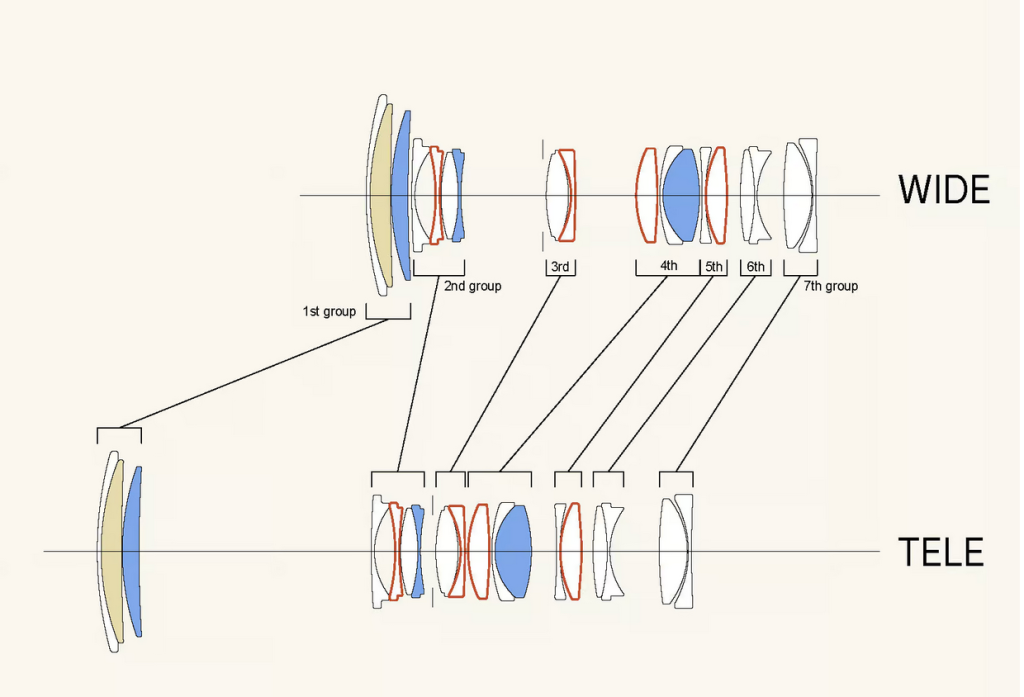
High-refractive-index glass is used to reduce internal movement and ensure sharpness. The arrangement of optics is designed to deliver strong performance from wide to telephoto, according to Sigma. The lens has a rounded nine-blade diaphragm and a large 72mm filter thread.
The lens barrel is made from Sigma’s “Thermally Stable Composite” (TSC), a polycarbonate blend designed to resist expansion and contraction under varying temperatures. Aluminium and magnesium-allow components are used where necessary for durability without adding weight. Sigma claims that the build quality is comparable with that of its Art series, while combining engineering plastics with metal for longevity and reliability.
This mix of artificial and metal components helps reduce weight compared with the all-metal construction used in many higher-end optics. However, Sigma’s smooth, matte-finish TSC material is attractive and feels like a premium product.
Discreet
Sigma’s zoom lenses all feature discreet and relatively small white infill engravings. This is a direct contrast to the brash approach taken by Leica, for instance, with its large white focal-length numbers and the prominent orange designation. Overall, I like the low-key Sigma approach from an aesthetic perspective, but the numbers are sometimes too small and difficult to read when glancing down at the lens.

Dust and splash resistance is featured throughout, with seven internal seals and a coating on the front element to repel water, oil, and fingerprints. The supplied lens hood, which is commendably narrow and unobtrusive, uses a button-locking mechanism and is constructed from carbon-fibre reinforced polycarbonate for lightness and durability.
Unique range
The range of this lens is unique; it is the world’s first 10x zoom, starting from the ultra-wide 20mm focal length. The sole wide-to-long competitor in the L-Mount line-up is the Panasonic Lumix S 28-200 f/4-7.1. This lens is slightly slower, but lighter at 413g and features OIS. Crucially, however, it loses all of 8mm at the wide end, which makes it considerably less versatile in general use.
Panasonic’s Lumix 20-60 f/3.5-5.6 competes equally at the wide end, but, again, lacks the all-encompassing versatility of the Sigma 20-200. Nevertheless, the Lumix 20-60 is one of our favourite lenses. With a weight of only 350g, it is a great general standard zoom if you seldom need longer focal lengths. The lens is a good choice if you wish to carry a second, longer zoom or prime for when required.
Stabilisation
Despite the long 200mm maximum focal length, the Sigma 20-200 lacks optical image stabilisation. This is one of the compromises, along with the slow aperture range, which permits such a lens to be so small and practical. However, cameras such as the Panasonic Lumix S5II and Leica’s SL3 duo come to the rescue with their effective in-body stabilisation.
Sigma’s Contemporary lenses offer a balance of capabilities, and the 20-200 is no exception. They aim to strike the right compromise between optical performance, size, weight, and price. They are thus a good choice for general photography needs and for photographers who require versatile and portable lenses.

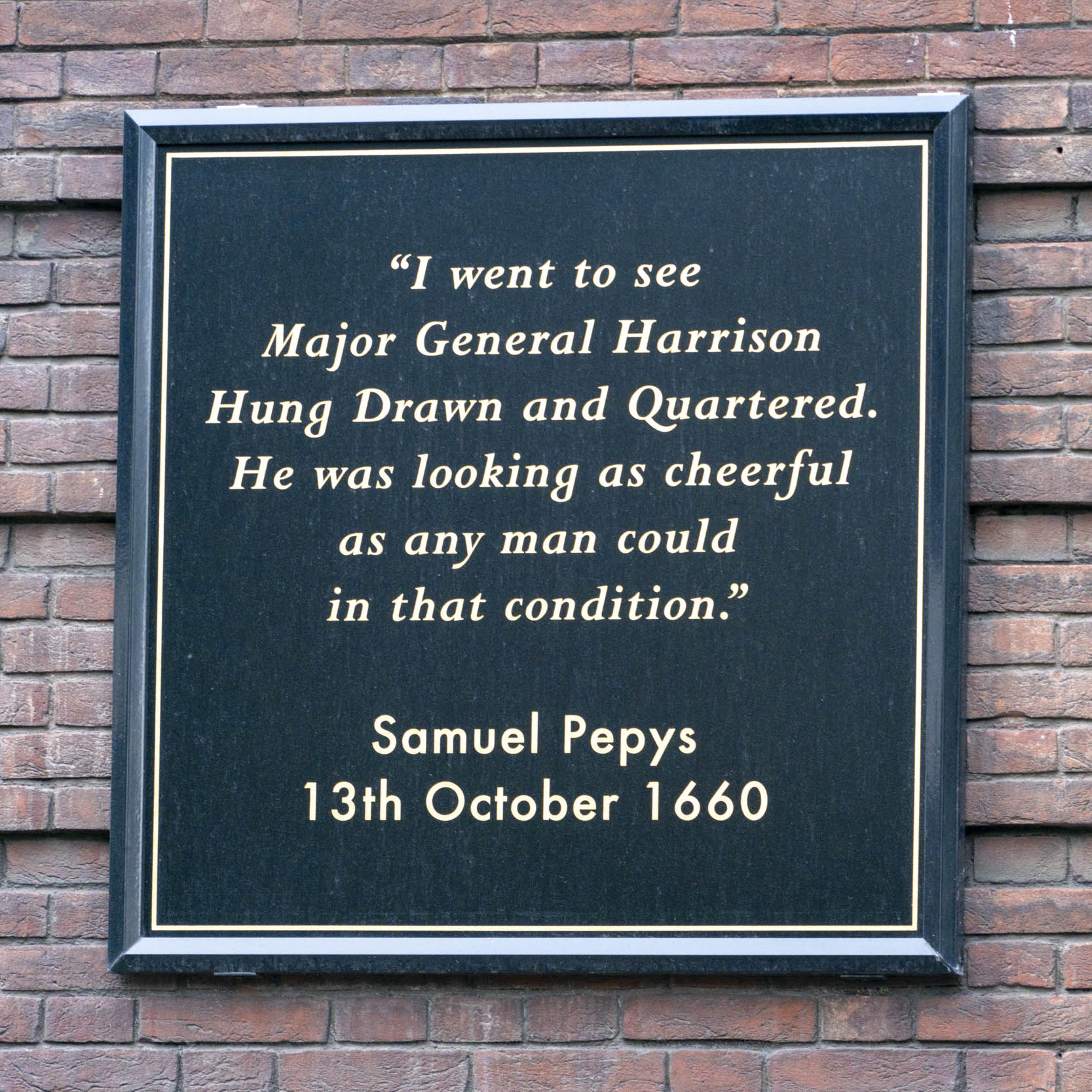
Handling and performance
The Sigma 20-200mm f/3.5-6.3 | Contemporary is well-balanced on both the Panasonic Lumix S5II and Leica SL3. It is comfortable to handle thanks to the narrow barrel and short length. The length is slightly less than Leica’s much more restricted but outstanding “standard zoom” 24-70 Vario-Elmarit-SL. And the relatively low weight is a blessing when using this lens all day.
Barrel lock
The barrel lock, a slider switch, is a useful feature which ensures that, at rest, there is no danger of the lens extending. Furthermore, this lock can be overridden easily when turning the zoom ring, and it is no handicap when raising the camera for quick shots.
The free-spinning fly-by-wire manual focus ring is, again, well damped and renders focus accurate and enjoyable. It is possible to set the ring to constant rotation-to-focus or nonlinear, variable sensitivity.
Autofocus
Autofocus is quick, reliable and holds its setting reliably in most lighting conditions thanks to Sigma’s excellent HLA (High-response Linear Actuator) focus motor. This is a proprietary component designed for fast, quiet and accurate autofocus performance. It out-performs older STM and conventional motor types in speed and precision, says the company.
Focus performance in low light is not as good as that of some faster lenses, with moderate hunting evident, but this is to be expected. A big plus point is that there is virtually no focus breathing. However, when zooming in, it is usually necessary to re-adjust the focus.
This lens is capable of dealing with almost any situation. Because it is an optical zoom, even at 200mm you have a full range of cropping possibilities, especially when the lens is used with a 60MP camera such as the Leica SL3. Doubling the focal length digitally is eminently practical, thus adding further to the optic’s versatility.
Compromises
Over the past ten years, I have had an on-off relationship with Leica’s mighty 24-90 f/2.8-4.0 Vario-Elmarit. It’s a superb performer, well up to prime standards in most circumstances, and for a long time, it was my favourite “standard” zoom. From an optical and performance standpoint, it is still my favourite zoom lens.
Nevertheless, it is massive and heavy. Mounted on the SL3, it adds up to almost 2KG. In most instances, especially for older users, it just isn’t a lens to carry around all day.
By comparison, this little Sigma is a featherweight. And it’s good enough for most travel and daily use. It is a lens that is small and light enough to be carried everywhere, even if you fancy packing the odd fast prime for those special shots.
Focal length display
I used the lens initially on the 24MP Panasonic Lumix S5II and became accustomed to seeing the set focal length appearing in the viewfinder. This visual reminder is very helpful, especially when testing lenses and keeping an eye on the setting. In my case, I could deliberately select a round focal length (50mm, 75mm, and so on) to assuage tendencies of obsessive compulsive disorder.
On changing to the Leica SL3, however, I was disappointed to find that there is no similar confirmation of the focal length visible in the viewfinder or on the screen. I had to check, but I am assured that Leica doesn’t think this information important enough to provide confirmation in the display. Null points to Leica on this one.
Overall, the Sigma 20-200mm f/3.5-6.3 | Contemporary is a delightful little zoom to handle and use. To pack so much into such a small package is a major achievement for the Japanese lens company.

Image quality
The image quality provided by the lens is, in my opinion, far better than could be expected from a do-everything lens of this nature and at this price. Central sharpness is impressive even at 20mm, while edge and corner sharpness improves quickly as the lens is zoomed in or stopped down. I’d rate the results good to excellent in the middle zoom range and at the long end.
Minimum focus distance varies depending on the focal length. At 28mm, the minimum distance is 16.5cm, while the distance varies through the range from 25cm at 20mm to 65cm at the telephoto end. Maximum magnification of 1:2 is achieved between 28mm and 85mm. While this is not a macro lens, the magnification means that the Sigma 20-200 is surprisingly good for close-up work.
Corrections
The Sigma 20-200 relies on in-camera or profile corrections to correct distortion and vignetting, especially wide open. However, these drawbacks are common to many lenses at the wide end and are controlled well electronically.
Overall, it is obvious that there must be optical compromises inherent in such a compact 10x zoom starting at 20mm, but the Sigma delivers above-average results compared to other consumer zooms and any shortcomings are well disguised. For travel and convenience, this lens is difficult to beat, and the compromises, including the lack of OIS, are well worth trading for the advantages of versatility and practicality.
In relation to stabilisation, you will note from the table below that most peer lenses, certainly those in the 20-85mm range, do not offer stabilisation, with manufacturers reasoning that in-camera stabilisation will take a strain. I found this to be the case and, even at the longest 200mm, I felt that the cameras’ systems coped well.
Aperture
As is expected, the outstanding zoom range coupled with low weight and size means that the aperture range is slower than constant f/2.8 standard zooms. But these limitations are similar to those of all lighter lenses. With care, reasonably good bokeh effects can be achieved as the lens is zoomed out. If you want faster lenses, such as those with a constant f/2.8, you pay for it in terms of size, weight, and cost.
Digital zoom
We hear a lot about cropping high-resolution files these days. Manufacturers such as Leica have made digital cropping respectable by adding convenient digital zoom lines and, even, selection buttons to fixed-lens cameras. The 28mm Q3, for instance, offers zoom options up to the equivalent of 90mm. The resulting image is reduced from 60MP to 5.8MP, but is still usable because of the excellence and density of modern sensors.
When it comes to digital cropping from an already long optical zoom, we don’t read so much advocacy. But the principle applies equally. A lens such as the Sigma 20-200 offers the same possibilities of digital cropping as we have come to accept on fixed-lens compacts.
Here’s a shot of the top of the Shard building near London Bridge station, taken with the Leica SL3. The original focal length was maxed out at 200mm. This is a crop which simulates a 500mm lens. And that isn’t the sort of optic you’d be carting around the South Bank on an Autumn morning.
Now, I’m not suggesting that the Sigma 20-200 is better than other similar lenses in this ability. My purpose is to demonstrate that cropping from a long lens is a viable proposition, just as it is from the 28mm lens of a Q3 or Fujifilm GFX100RF. Here’s another example, from 20mm to 800mm.
Alternatives
If you are interested in this Sigma 20-200 lens for L-Mount, you will be considering a fairly select band of alternatives. Nothing is as versatile as the Sigma, but your appetite for ultimate image quality without compromise could push you towards heavier, shorter-range zooms. These are the lenses I would be considering as an alternative to the Sigma 20-200 as an all-day “standard” carry lens.
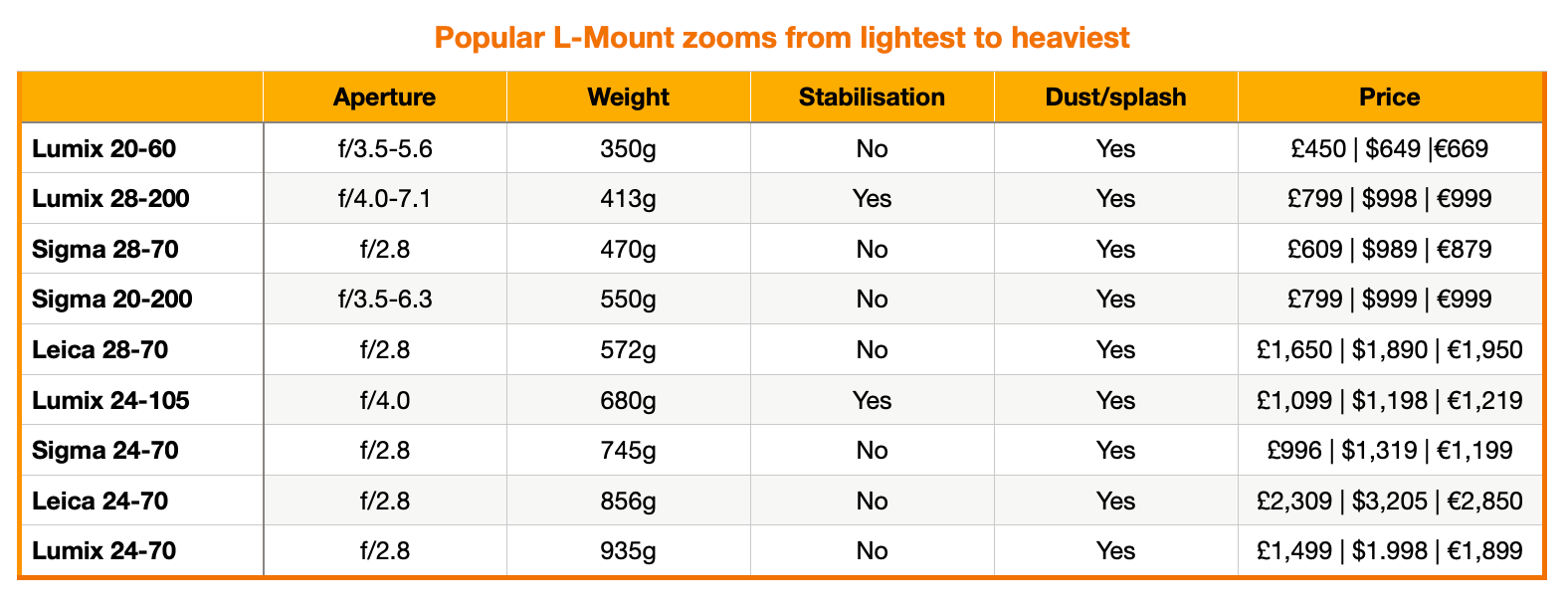
The above table is sorted on weight, which is an important consideration (but, of course, not the only consideration) in a lens intended to stay on your camera most of the time. What is apparent is the trade-off between aperture and scope of zoom. Note that, in general, manufacturers avoid OIS in these “standard” lens configurations, again to save weight. Panasonic is the exception in offering stabilisation on two of the lenses in the above table.
“When the cash is on the table…”
In addition, Panasonic incorporates the company’s proprietary “Dual IS” system, which combines the IBIS and OIS to add a stop of two of protection. However, this works only with certain Lumix lenses on Lumix bodies. If you own a Leica, you rely entirely on the in-body stabilisation. My colleague Keith James owns the Panasonic and published his review of the lens here.
Nonetheless, when the cash is on the table, none of these lenses can compete with the sheer versatility and value for money of the new Sigma 20-200.
Pros and cons
The good
- The 20mm ultra-wide focal length is ideal for landscapes and architecture.
- Fast and accurate autofocus means reliable performance in travel
- Decent, but not outstanding, action capture for sports or wildlife.
- Weather sealing and build quality make the lens suitable for outdoors in most conditions.
- Close focusing capabilities allow up to 1:2 macro between 28mm and 85mm.
- Compact, light, and portable for travel and everyday shooting.
The not so good
- Some distortion and vignetting at the wide end, which requires in-camera or post-processing correction.
- Edge and corner sharpness softer at wider focal length and wider aperture. Notable improvement in performance at longer focal lengths and narrower apertures.
- Need to refocus after zooming.
- Slower aperture limits low-light and narrow depth of field compared with a fixed f/2.8 lens.
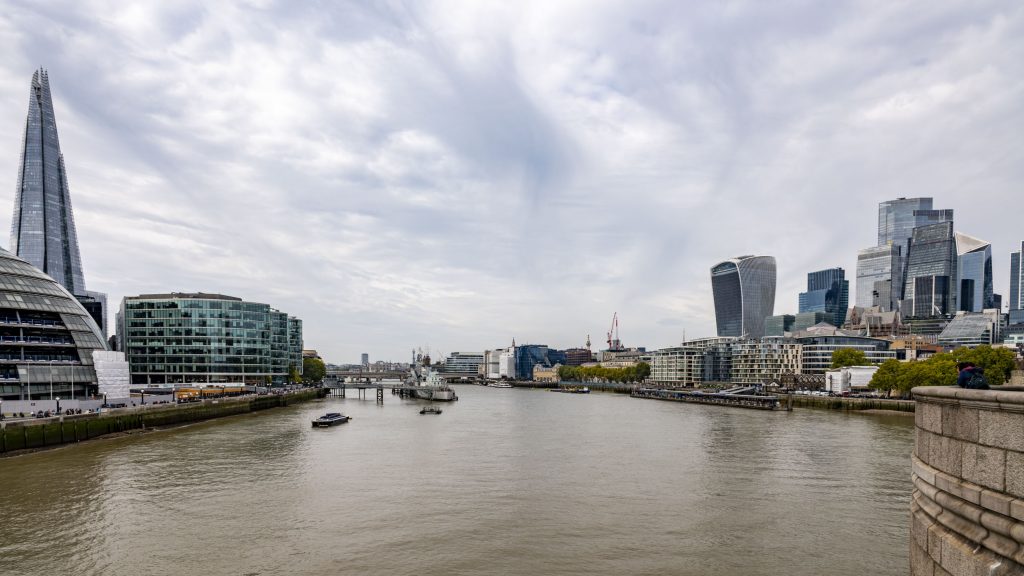
Conclusion
As you can tell from this review, I love this new Sigma 20-200mm f/3.5-6.3 | Contemporary for its outstanding 10x range and its low size and weight. Despite the compromises, this lens better than you would expect in almost all circumstances. It really could be “the only lens you ever need”. If you want just one lens to complement your Lumix or Leica (or Sigma) camera, this should be high on your list of choices.
However, you have to really need such a long option. Faster lenses with a more restricted range (such as Sigma’s 24-70 and 28-70, and Leica’s versions) are clear alternatives as standard, carry everywhere optics. If you don’t often need such a long focal length, a faster lens is an attractive alternative.
Price
The Sigma 20–200 costs £799 | $999 | €999 but check your local supplier
This lens was supplied on loan by Sigma UK.
Make a donation to help with our running costs
Did you know that Macfilos is run by five photography enthusiasts based in the UK, USA and Europe? We cover all the substantial costs of running the site, and we do not carry advertising because it spoils readers’ enjoyment. Every amount, however small, will be appreciated, and we will write to acknowledge your generosity.

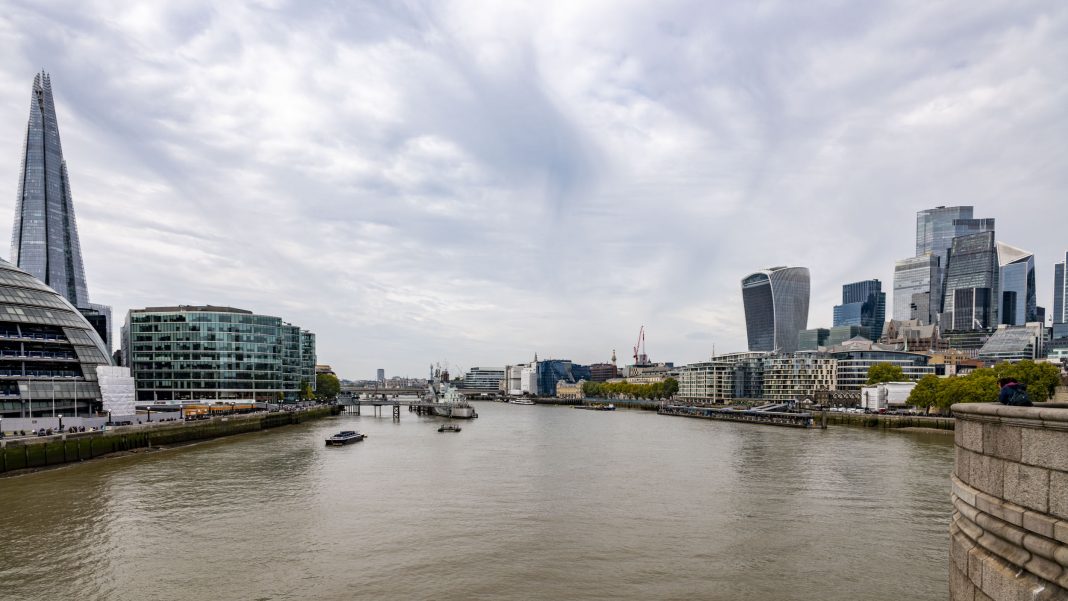
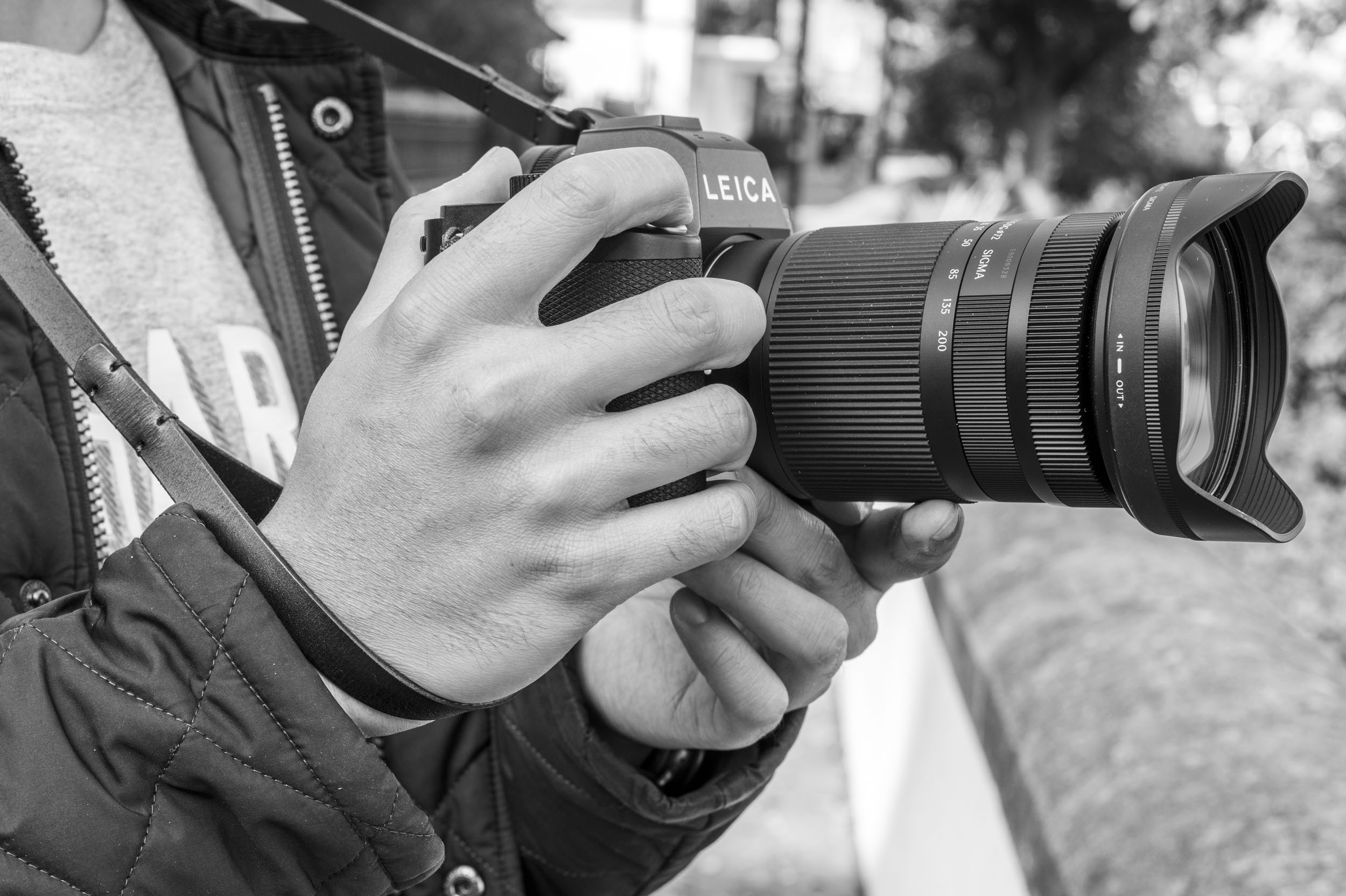


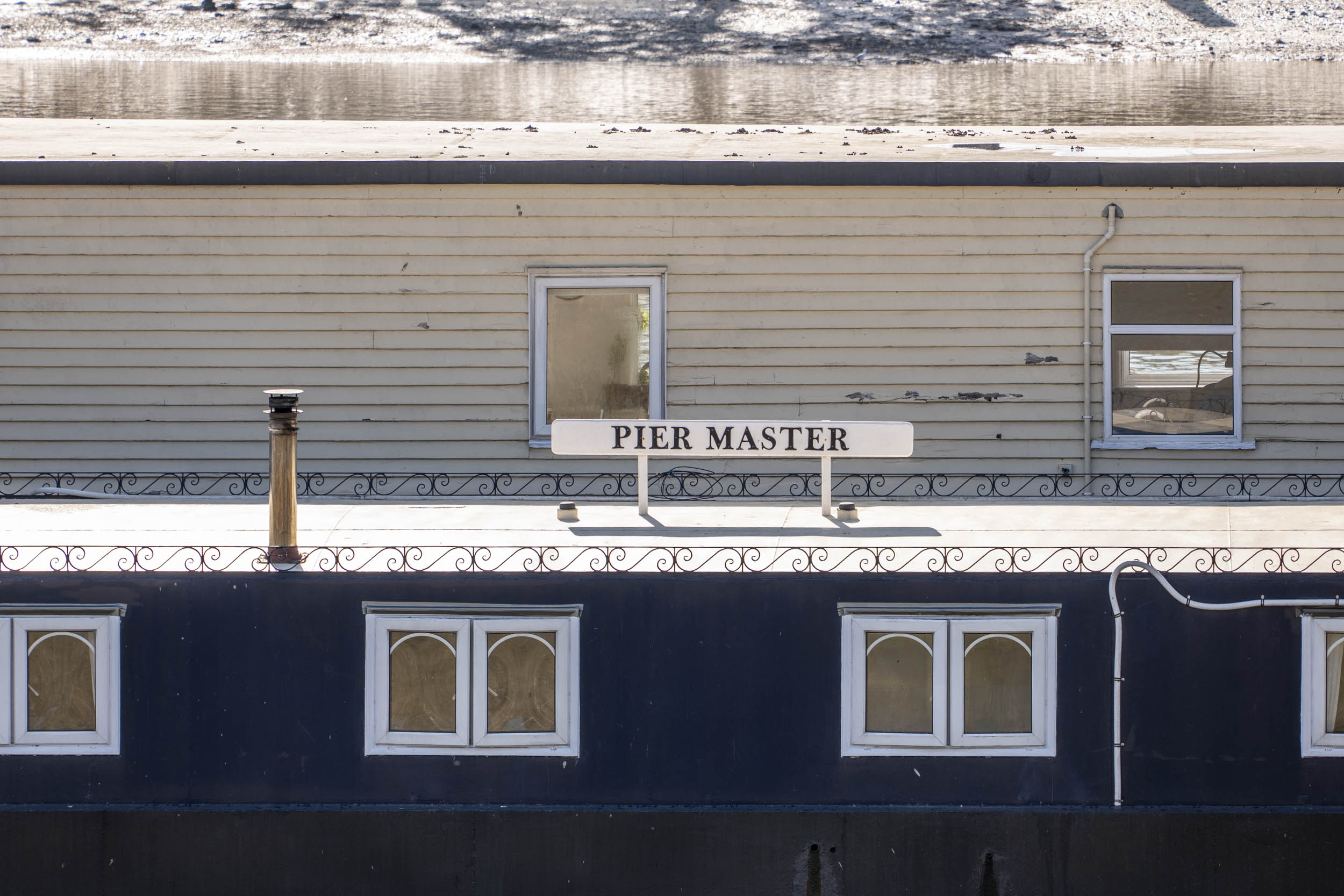

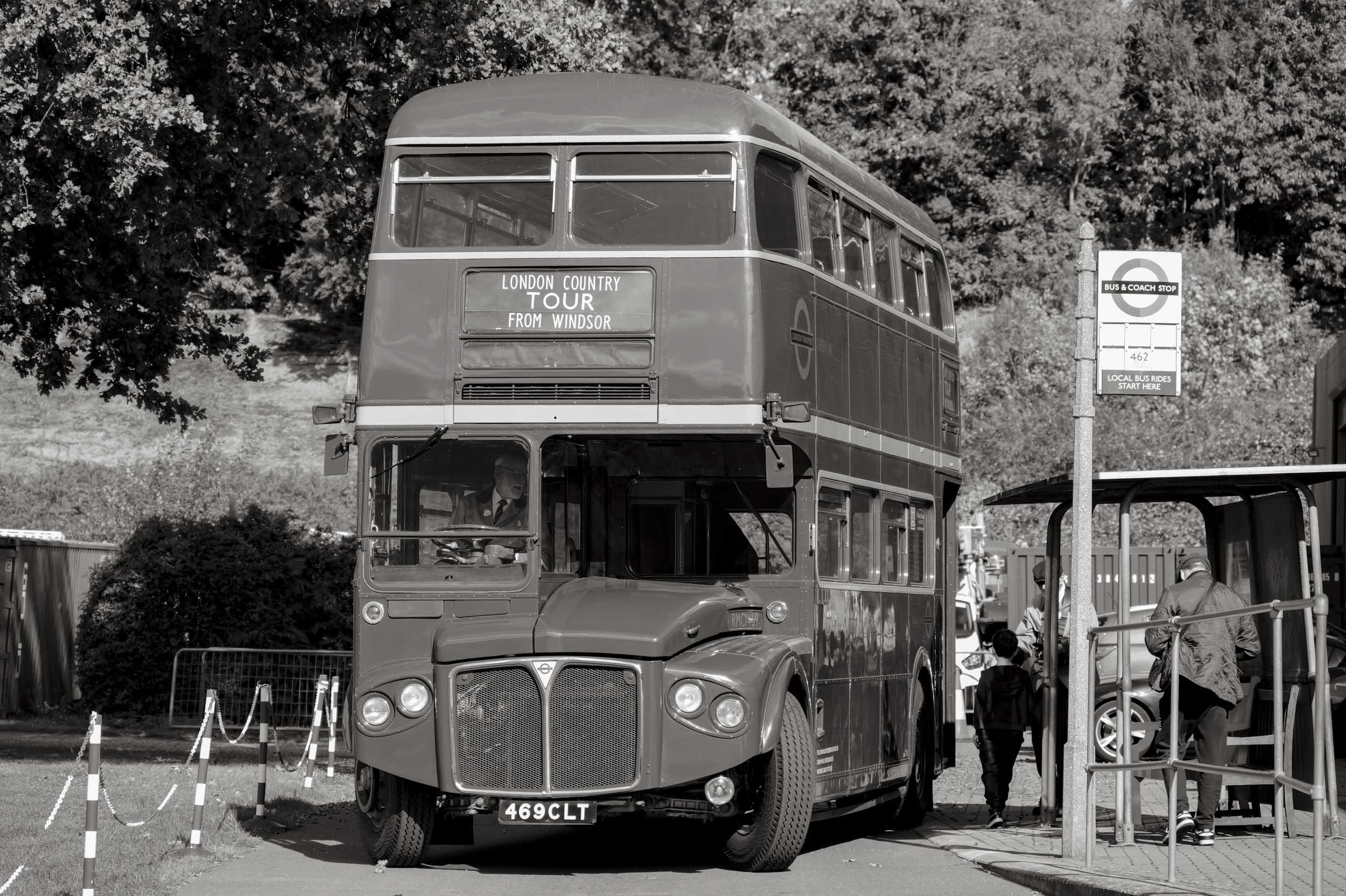





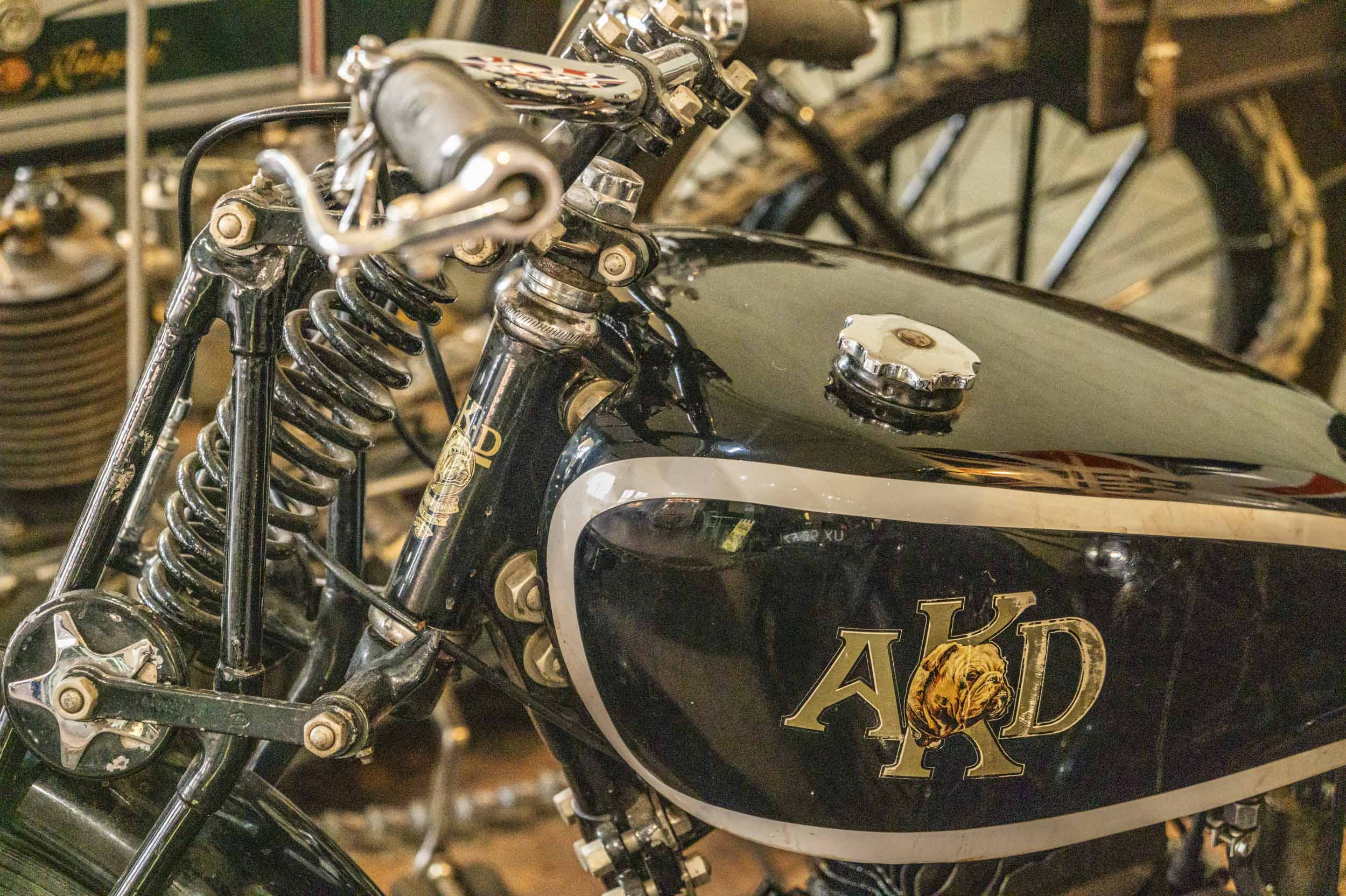











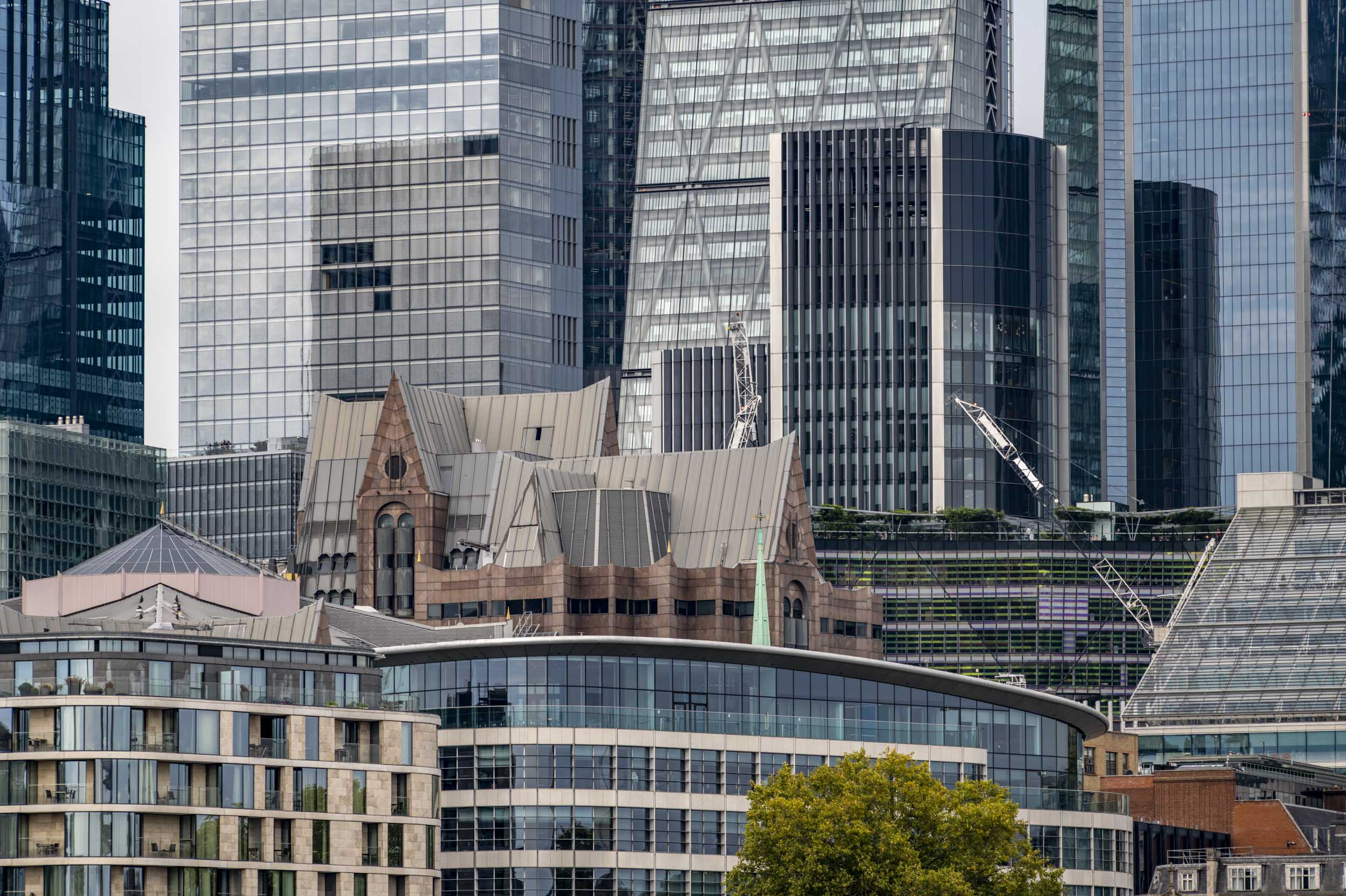





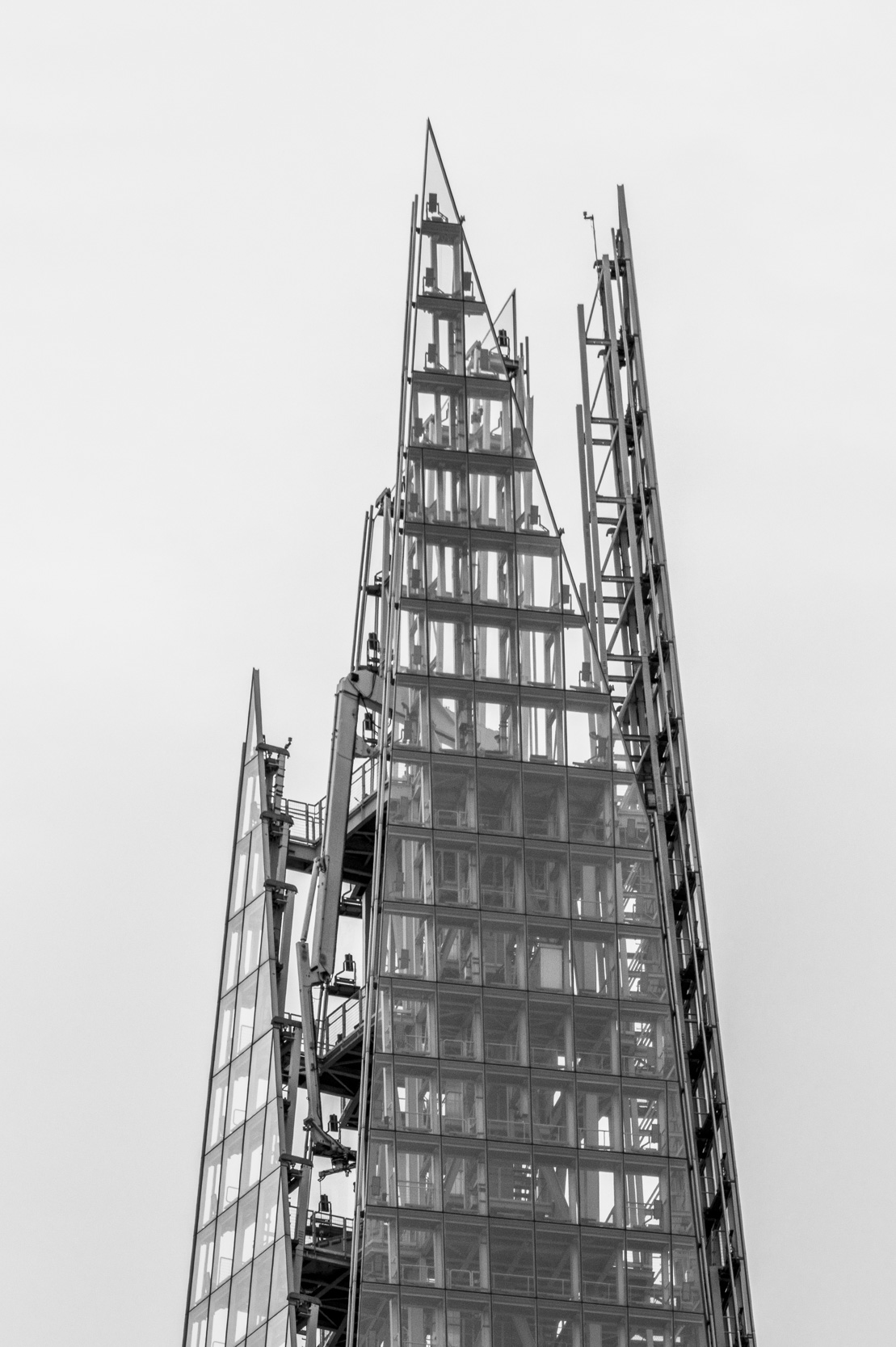





Excellent and honest review.
I appreciate the comparisons and all the details.
Now you’ve got me thinking…
Thank you Joel. I’m planning another article on choosing an ideal L-Mount “standard zoom” for everyday carry. I haven’t reached a verdict, but the Sigma is a strong contender, if only for that 20mm wide end.
I can recall in the late 1970s / early 1980s, reading reviews of previously unheard of manual focus ultrawide to tele superzoom lenses – only to be advised in the next edition of the magazine that the article was an ‘April Fool’ write-up – and that some readers had ‘phoned in’ or ‘faxed’ to enquire when e.g., Vic Odden or Techno might be stocking the novelty. Nowadays camera magazines have to choose alternative April Fool subject matter because superzoom lenses have gradually evolved into today’s very usable and relatively lightweight AF offerings c/w half life-size macro. Back in the good old film days we’d have struggled to find a usable film for such a relatively slow (at the long end) lens – but now we just UP the ISO and can be snap-happy all day and into the evening. Mike’s review really proves that Sigma’s 20-200 f3.5-6.3 petite superzoom is all you need for a day’s photo sightseeing; it covers all bases with ease. Zoom-wise, we’ve never had it so good.
Thank you, Dunk. I agree entirely. What really impressed me is that even a relatively inexpensive lens such as this can perform so well.
With the benefit of the L Mount Alliance, we don’t have to spend three or four thousand on a lens.
First of all – great article Mike.
I think you nailed it Dunk – but when they first appeared super zooms were notoriously patchy (usually poor at the long end). These days with all the computer and AI lens design it has become possible to make them very good indeed. I’m quite tempted, but I’ve been very happy with the 28-70 Leica f2.8, which is also basically Sigma – the same thing applies though, nowadays they can make them very very good!
Thanks, Jono. I really liked the 20-200, although Keith James keeps reminding me that Panasonic’s 20-60 is also a great choice if you want those few wider millimetres.
As you know, I also like Leica’s 28-70 Elmarit as a general “standard” zoom, but occasionally, I find myself wishing for a wider angle of view.
The trade-off, of course, is speed. If only the Sigma 20-200 had a fixed f/2.8 aperture and wasn’t a millimetre or a gram bigger… But we can’t have everything, and that’s why the compromises made by Sigma are spot on. I’m tempted to buy it also, mainly as a travel lens for sunnier climes. A great lens for Sfakia!
Interesting article. Thanks Mike! I don’t frequently need long lenses but it is good to know there are lightweight options out there that don’t break the bank. Is the OIS a first for Sigma? I cannot immediately recall any other Sigma lens that would have OIS.
It doesn’t have OIS. I’m worried now. Did I say it did? Lack of OIS is one of the compromises, and that’s what makes the Panasonic 28-200 stand out.
My bad. I misread. You were saying that the Panasonic has OIS. I wonder why none of the Sigma lenses have OIS. Probably I am guessing because Sigma is cross-platform (E-mount as well).
Not sure about that. In facts, it’s not something that occurred to me in relation to Sigma but you could ha s a point.
Ultra-light long “standard” zooms are made for people who don’t often need a long lens but don’t mind having it if it’s light enough. A dedicated long lens, such as Leica’s 80-280SL, performs better, of course. But it’s not a lens you’d carry around all day (in addition to something to cope with wider angles of view), on the off chance that you might want the odd 200 mm shot.